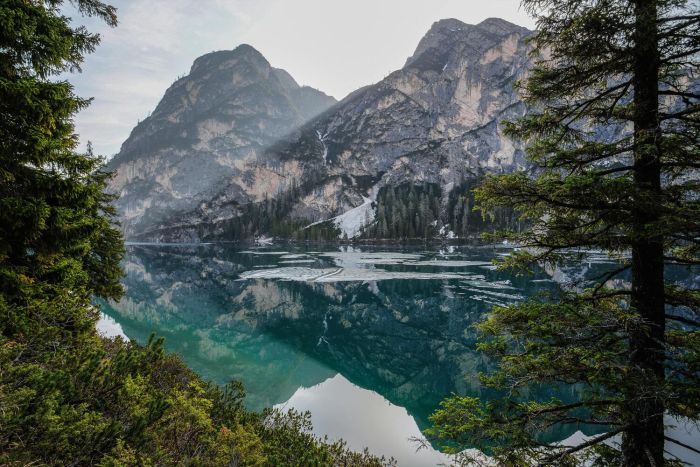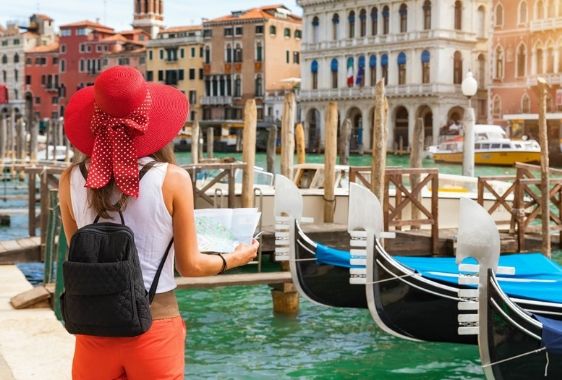Tourist information on Murano, Venice. Information includes details on the famous glass made on the island of Muyrano, tours of the Island, what to see in Murano island and how to get to Murano from Venice.
Murano is the most famous of the Venetian Islands, and the most visited courtesy of the famous glass-works that produce the popular “Murano Glass”. The people of Venice have been making crystal and glass since the 10th Century, when the Venetian merchants brought back the secrets of production from the East. You can visit Murano on Half Day semi-private Murano and Burano Boat tour: keep reading to know what to see in Murano island!
A 9 minute water boat ride from the Fondamente Nuove or thirty minute ride from St. Marks , north of Venice, is located the island of Murano. This is where everyday life revolves around the glass making industry. Water plays a large role in life on Murano probably more so than in Venice and they have their own grand canal. The only bridge is ‘Ponte Longo', made of iron and built in 1866.
The oldest preserved evidence for the existence of the glass blower dates back to 982 and is found in Venice's archives. Documented evidence shows that in 1279, it was confined to the ‘rio dei Vetrai' where even today are located the oldest glass factories. The fortune of Murano came in 1291 when the glass makers were invited to leave Venice and move all the furnaces onto the island of Murano. This is a means of security to avoid the hazard of fire which would be very dangerous for Venice. Therefore the island became the most important centre for the glass industry in all of Europe until the XVII century.
Venice has been the protagonist in the history of glass pearls (conterie) from around 1200 to 1950, with the monopoly of their production. They are pearls obtained by working over a flame and were used like money for exchange with natives of colonial states. Glass workers were prohibited to emigrate from Venice with the threat of confiscation of property. The Republic didn't want competition arising from rival schools. Despite this some teachers managed to emigrate illegally to Florence, London and to the rest of Europe.









